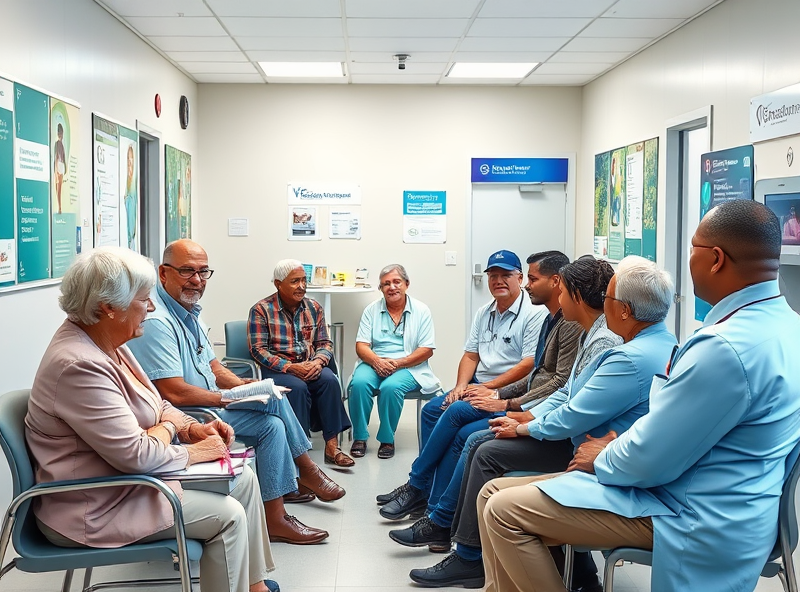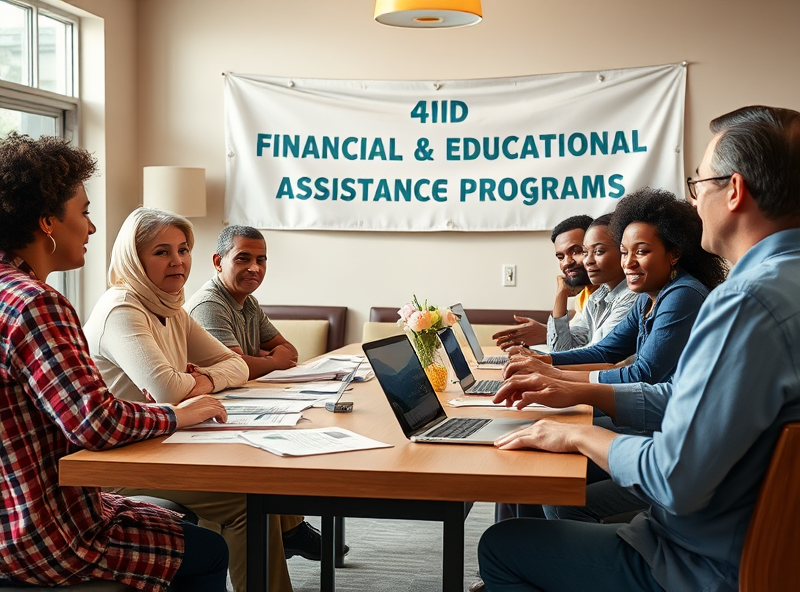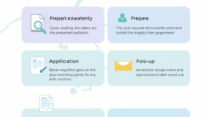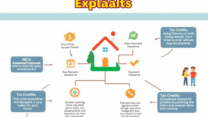
Top U.S. Government Benefits You Should Know
Healthcare and Medical Coverage Support

Navigating the U.S. healthcare system can be overwhelming, but thankfully, there are several government programs designed to help citizens access affordable and comprehensive medical care. These benefits are especially crucial for low-income families, seniors, veterans, and individuals with disabilities.
One of the most well-known programs is Medicaid, a state and federally funded initiative that provides free or low-cost health coverage to eligible low-income individuals. Each state has its own rules, but in general, Medicaid covers essential services like doctor visits, hospital stays, prescriptions, and preventive care. You can check your eligibility and apply through your state’s Medicaid office or visit https://www.medicaid.gov.
Medicare is another key program, primarily serving people aged 65 and older, as well as younger individuals with certain disabilities. It includes different parts: Part A (hospital insurance), Part B (medical insurance), Part C (Medicare Advantage Plans), and Part D (prescription drug coverage). Understanding these options can help you make informed decisions about your healthcare needs.
For veterans, the Department of Veterans Affairs (VA) offers a comprehensive healthcare system that includes routine checkups, mental health services, and specialized care. Eligibility is based on service history and discharge status, and many services are provided at little to no cost.
Additionally, the Children’s Health Insurance Program (CHIP) helps families who earn too much to qualify for Medicaid but still need affordable coverage for their children. CHIP covers routine check-ups, immunizations, dental and vision care, and emergency services.
Understanding and accessing these programs can significantly reduce medical expenses and improve your overall well-being. Always review the latest eligibility requirements and application processes through official government websites to ensure you’re getting the most accurate and up-to-date information.
Affordable Housing and Utility Assistance

Finding affordable housing and managing utility bills can be a challenge for many Americans, especially during times of economic uncertainty. Thankfully, the U.S. government offers several programs designed to help low-income individuals and families secure stable housing and maintain essential utility services.
One of the most impactful programs is the Housing Choice Voucher Program, commonly known as Section 8. Administered by the U.S. Department of Housing and Urban Development (HUD), this program helps eligible families afford safe and decent housing in the private market. Participants typically pay 30% of their income toward rent, and the voucher covers the rest. To apply, you’ll need to contact your local Public Housing Agency (PHA).
For those struggling with utility bills, the Low Income Home Energy Assistance Program (LIHEAP) provides crucial support. LIHEAP helps low-income households pay for heating and cooling costs, and in some cases, it also covers weatherization services to improve energy efficiency and reduce future bills. Eligibility varies by state, so it’s important to check with your local LIHEAP office.
Additionally, many states and local governments offer rental assistance and emergency housing support, especially in response to crises like natural disasters or pandemics. Programs such as the Emergency Rental Assistance Program (ERAP) can help cover rent and utility arrears, preventing eviction and service disconnection.
These resources can make a meaningful difference in maintaining housing stability and reducing financial stress. If you or someone you know is in need, don’t hesitate to explore these options. For more information on federal housing assistance, visit the official HUD website: https://www.hud.gov/program_offices/public_indian_housing/programs/hcv/about
Food Programs and Emergency Cash Aid

When times get tough, knowing where to turn for help can make all the difference. In the U.S., there are several government programs designed to provide food assistance and emergency cash aid to individuals and families in need. These programs are not only a safety net but also a bridge to stability.
One of the most well-known food assistance programs is the Supplemental Nutrition Assistance Program (SNAP), formerly known as food stamps. SNAP provides eligible low-income individuals and families with monthly benefits to purchase groceries. The program is managed by the U.S. Department of Agriculture and is accessible in all 50 states. You can check your eligibility and apply through your state’s SNAP office or visit the USDA’s official SNAP page: https://www.fns.usda.gov/snap
Another vital resource is the Women, Infants, and Children (WIC) program. WIC supports pregnant women, new mothers, and young children with nutritious food, breastfeeding support, and health care referrals. This program plays a crucial role in early childhood development and maternal health.
For those facing sudden financial hardship, Temporary Assistance for Needy Families (TANF) offers emergency cash aid. TANF provides short-term financial help and work support services to help families achieve self-sufficiency. Each state administers its own TANF program, so benefits and eligibility may vary.
Additionally, local food banks and community-based programs often partner with federal initiatives to ensure that no one goes hungry. These resources are especially helpful during emergencies, such as job loss or natural disasters.
Understanding and accessing these programs can relieve stress and help you or someone you know get back on their feet. Don’t hesitate to explore these options—they’re here to support you when you need it most.
Financial & Educational Assistance Programs

Navigating life’s financial and educational challenges can be overwhelming, but the U.S. government offers a variety of programs designed to ease the burden and help individuals and families thrive. Whether you’re seeking help with tuition, job training, or monthly expenses, there are resources available that can make a real difference.
One of the most well-known financial assistance programs is the Supplemental Nutrition Assistance Program (SNAP), which helps low-income individuals and families afford nutritious food. Another key program is Temporary Assistance for Needy Families (TANF), which provides cash assistance and support services to help families achieve self-sufficiency.
For those pursuing higher education, the Federal Pell Grant is a major source of aid. It offers need-based grants to low-income undergraduate students, which do not need to be repaid. Additionally, the Free Application for Federal Student Aid (FAFSA) is the gateway to accessing not only Pell Grants but also federal student loans and work-study opportunities. Submitting your FAFSA early can increase your chances of receiving the maximum amount of aid.
Job seekers can benefit from the Workforce Innovation and Opportunity Act (WIOA), which funds job training programs, career counseling, and employment services. These programs are especially helpful for adults changing careers, dislocated workers, and youth entering the workforce.
If you’re unsure where to start, Benefits.gov is a great resource to explore all available federal assistance programs based on your personal circumstances.
Helpful link: https://www.benefits.gov/





